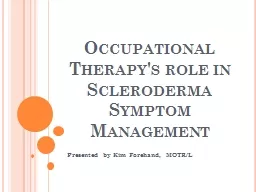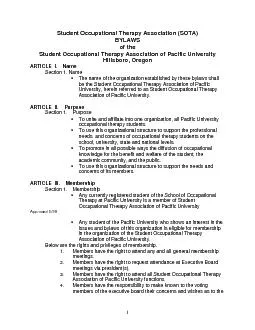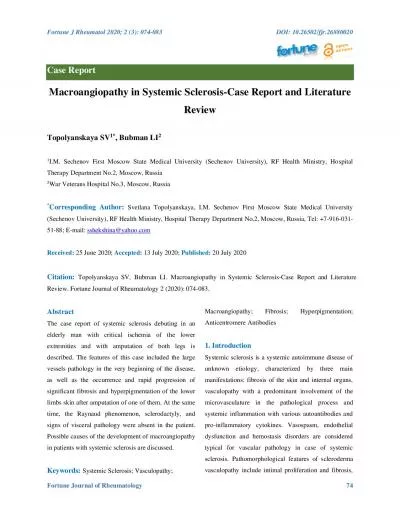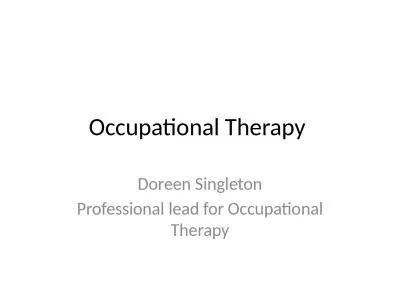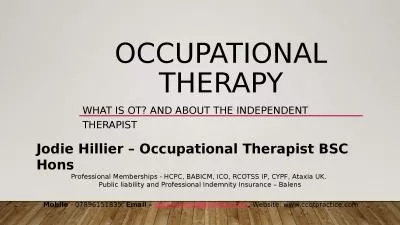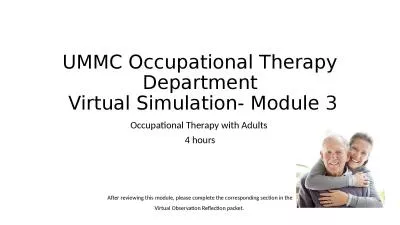PPT-Occupational Therapy's role in Scleroderma Symptom
Author : kittie-lecroy | Published Date : 2017-10-04
Management Presented by Kim Forehand MOTRL What exactly is an occupational therapist WHO WE ARE nationally certified statelicensed therapists most commonly part
Presentation Embed Code
Download Presentation
Download Presentation The PPT/PDF document "Occupational Therapy's role in Scleroder..." is the property of its rightful owner. Permission is granted to download and print the materials on this website for personal, non-commercial use only, and to display it on your personal computer provided you do not modify the materials and that you retain all copyright notices contained in the materials. By downloading content from our website, you accept the terms of this agreement.
Occupational Therapy's role in Scleroderma Symptom: Transcript
Download Rules Of Document
"Occupational Therapy's role in Scleroderma Symptom"The content belongs to its owner. You may download and print it for personal use, without modification, and keep all copyright notices. By downloading, you agree to these terms.
Related Documents

